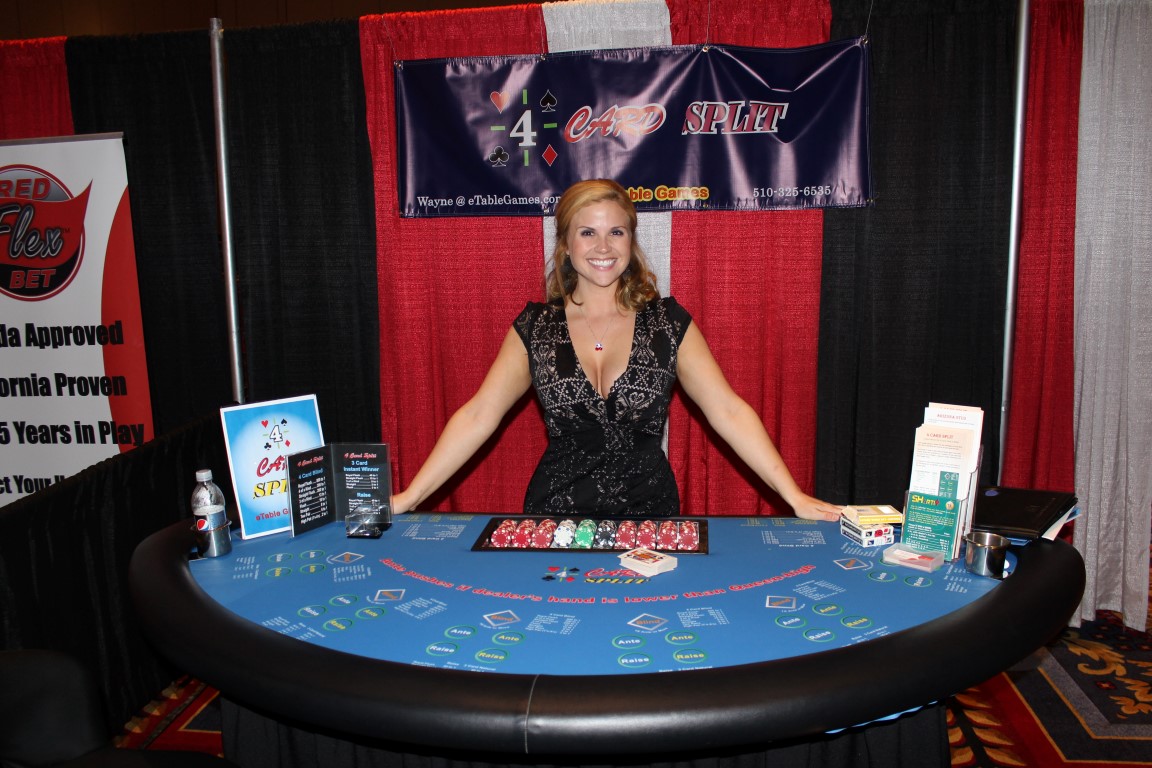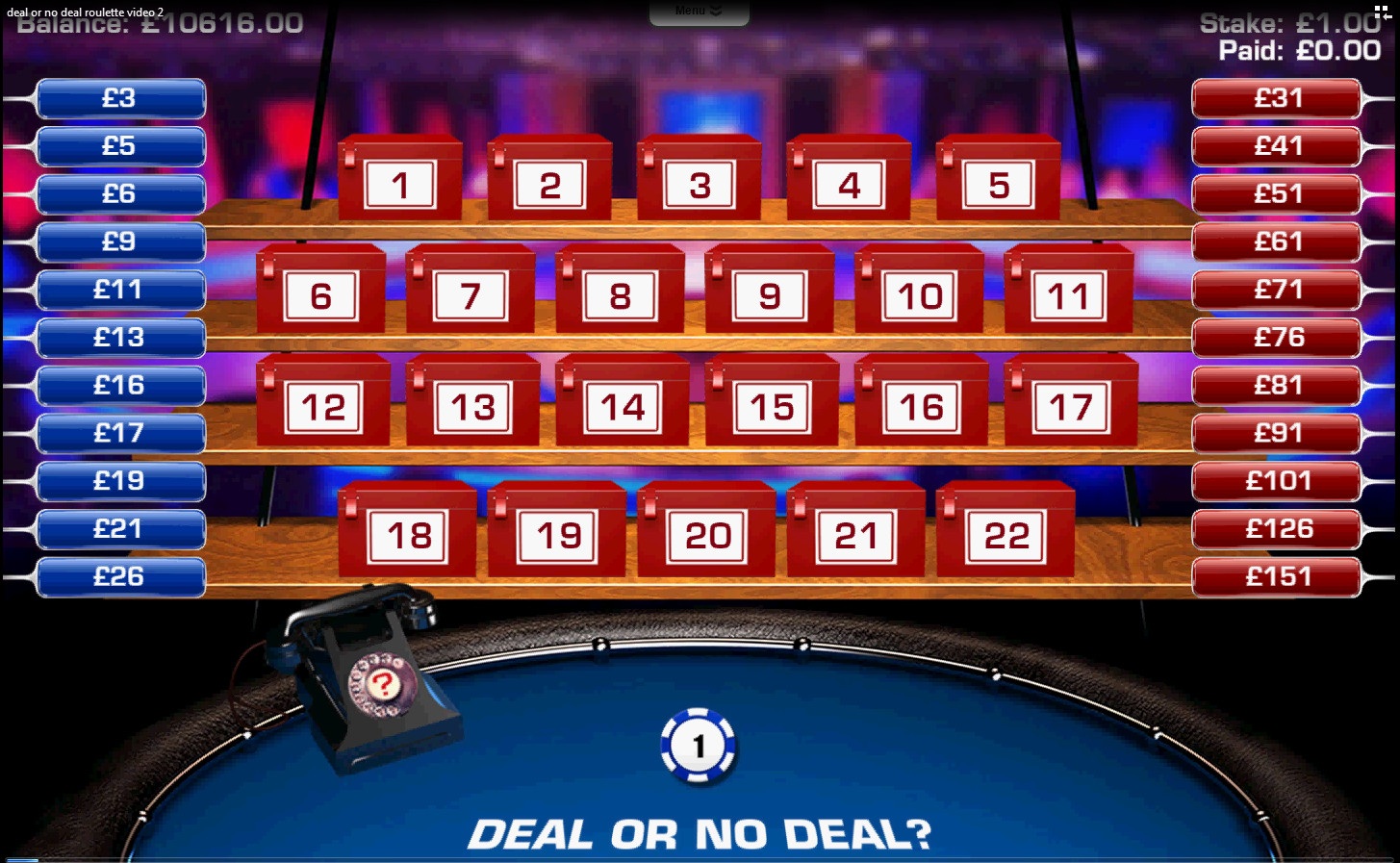Poker String Bet Rules
Posted : admin On 4/15/2022General BetOnline Rules Only one account allowed per person, family, household, address, computer, network connection, IP address, and/or payment method. Minimum wager $25 via call center and $1 online. For information on maximum wagers, please see our wager limits. In a spread-limit game, a player can bet any amount within some range – for instance, $1-$5. Basically, it means the minimum any player can bet is $1, and the most anyone can bet or raise at one time is $5. The only other rule regards raising. If someone raises, you can only raise that much or higher.
In live poker, a “string bet” refers to when a player doesn’t make their bet in one forward motion and also doesn’t verbally announce the size of their bet.
Casinos and live card rooms typically have a house rule against string bets to prevent players from trying to gauge the reaction of his opponent during the motion of moving the chips and adjusting the amount they bet based upon their opponent’s reaction.
Players must declare the amount they want to bet, or make the bet in a single motion across the bet line. Novice poker players are frequently string betting without knowing they’re doing it. For example, “I’ll call your 1,000, and raise you 10,000.”
Why is this not allowed? Well, both those bets are made up of two separate movements.
Related terms on PokerDictionary.net
String Bet - An illegal betting maneuver.
A huge part of playing poker is collecting and deciphering tidbits of information that your opponents give up when they act on their hands. This information is used collectively to help you figure out where you stand in the hand. The better you are at collecting and processing information, the more accurate the picture you will have, and this translates into more effective decision making when it is your turn to act.
A tremendous amount of valuable information gets transferred from player to player during the betting process. Naturally, players want to do everything within their power to get as much information as possible from their opponents, thereby gaining an advantage. This is legitimate, but there are also many angles players try to run, either to get additional information or to trick their opponents out of acting in their own best interest. Some of these moves are sneaky and unethical. Because of this, casinos have house rules governing the betting process, to ensure that everything that occurs stays within the confines of ethical play. These rules cover such areas as string bets, betting out of turn, bet and courtesy lines, verbal declarations and the like.
A string bet, or string raise, is a wager that is made in a fragmented motion or in multiple motions. Most poker rooms have a house rule against string bets and string raises, although it is typically only enforceable by the other players. This means that only another player may object to a string bet, and not the dealer. The rule against string bets and raises states that a player must either declare the amount of his bet, or make the bet in one continuous motion, without stopping or hesitating during the betting process. This prevents the bettor from gauging the reaction of his opponent during the betting process and adjusting his bet either upwards or downwards depending upon his opponent’s reaction.
To further clarify things, many casinos have either a bet line or a courtesy line on their poker tables. This is a line that runs in a circular fashion from the left of the dealer box, around the table, to the right of the dealer box. Players are expected to place their bets over the line when they wager. This helps to clarify when forward moving chips become a wager. A courtesy line and a bet line are variations of the same rule. If the line on the table is a courtesy line, players are asked to place their wagers over the line as a courtesy to the dealers, but it is their forward motion with chips in their hand which defines the bet. Players need not cross the line in order to have their action be considered a wager. Alternatively, if the line on the table is a bet line, the bettor’s action is only considered a wager when it crosses the line. With a bet line, forward motion is meaningless so long as no chips have crossed the line.
The rule against string bets and raises is designed to prevent angle shooting and unethical betting behavior. But it can also be used as a technicality to get out of betting when your opponent accidentally makes a bet that does not conform with the letter of the law. Many new players are either not aware of the string bet rule, or are not diligent about complying with it each and every time that they bet. Frequently, they will realize halfway through the betting process that they do not have enough chips in their hand to complete their bet or raise, and return to their stack without declaring the amount of their wager. Some of the other players will not hesitate to call a string raise on nonconforming bets, even when it is clear that the intent was not to shoot an angle. As the bettor, it is your responsibility to ensure that all of your bets and raises comply with the rules, and if they do not, there is a high probability that your bet or raise will be invalidated. Likewise, you are entitled to call a string bet or raise on nonconforming wagers made by your opponents. Whether you choose to or not is up to you. Remember, a string bet or raise cannot be called by the dealer, it can only be enforced by the other players. Some players will let a string wager slide, especially if it is from an inexperienced player whose intent was clear. This is just a matter of personal preference. A player who calls too many string bets and raises, especially borderline ones, can be viewed as nit, which is not necessarily a desirable table image.
Usage: Called A String Raise, It Was A String Bet
 Previous Poker Term: Straight Flush
Previous Poker Term: Straight Flush